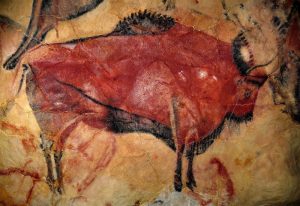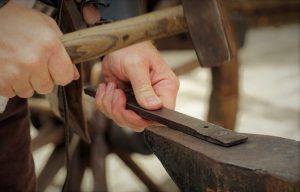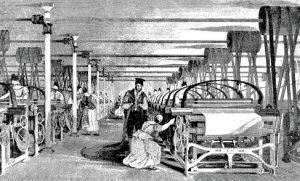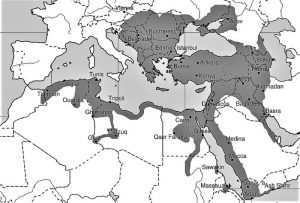Paleolithic
In prehistory, there are two macros moments that define the beginning and the end of this period of the beginning of humanity. The first is the Stone Age and the second is the Metals Age. The Stone Age can also be divided into several epochs such as: the Paleolithic, the Mesolithic and the Neolithic.
What is the Paleolithic?
The Paleolithic period is the initial stage of the Stone Age and the longest stage of Humanity. Its name means old stone, and this is because the raw material for the development of tools and weaponry was stone. Its beginning is estimated 2.85 million years ago in Africa and its end at 12,000 years BC. It is made up of three periods: the Lower Paleolithic, the Middle Paleolithic and the Upper Paleolithic. The man of this period is nomadic, lives in caves or hut so it is known as caveman and its food comes from hunting and gathering vegetables, tubers and fruits.
The Paleolithic is the first stage of the Stone Age and its name comes from the Greek meaning “old stone”. This term is due to the fact that in this period of time, man uses stone to make tools for his subsistence.
According to specialists, this period starts 2.85 million years in Africa up to 12,000 years, which makes this period of humanity the longest of all existing.
It can be divided into three phases which are: the Upper Paleolithic, the Middle and the Lower.
It is also important to mention that during this period fire was discovered and used.
Paleolithic characteristics
Among the most representative characteristics of the Paleolithic period, the following can be highlighted:
- It began 2.85 million years ago.
- Fire is discovered.
- It consists of three moments: Lower, middle and upper Paleolithic.
- The first humans are identified within the genus Homo.
- The lifestyle is nomadic. They moved in groups of 8 or 12 members.
- The food is based on haunting and harvest.
- The type of housing is the cave or hut.
- The stone is the raw material for the elaboration of armament and some tools.
- Its economy and food are based on hunting and gathering.
Paleolithic man
The man of the Paleolithic was dedicated to hunting and gathering fruits, tubers and other food. His way of life is nomadic as he moves continuously or periodically depending on the conditions of the land he lives in.
On the other hand, in these men’s daily life, the religious element and funeral rites are present as part of their culture.
During this period the genus “homo” had several exponents such as: homo erectus, homo neanderthaliensis, homo floresiensis, homo sapiens among others. The skills of this Paleolithic man were developed as he improved his ways of working the stone to build tools and perfect their hunting techniques.
Tools
In this prehistoric stage, the use of stone as a base material for the construction of tools can be identified, but in addition, there were other materials such as bone, horn, wood, leather and fibers of vegetable origin that were used to build weapons and clothing to protect themselves from climate.
In the beginning, tools made of stone were coarse, heavy and difficult to handle, but with time they became smaller and more efficient in their use and handling.
Architecture
During this time, man lived in caves and for this reason is known as caveman. There were also huts built with bones, stones, animal skins and reeds.
Economy
The economy in the Paleolithic period was based on hunting-gathering for survival. Hunting began with scavenging and developed in the course of this period. In addition, it was important to cover the needs of clothing and housing.
Paleolithic art
Paleolithic art developed in the Upper Paleolithic period with stone sculptures, engravings and cave paintings.
Among the topics discussed are religious, man with grotesque features and the naked woman with prominent sexual attributes as symbols of fertility, among other topics related to hunting activities.
It is important to mention the presence of the mobiliary art, referred to the artistic pieces that could be transported since they were elaborated in bones, shells or stones, as sculptures or paintings that were made in canes, necklaces of bone, plates engravings, tips of lances etc.
Another type of artistic manifestation of this epoch is the parietal art known by this name because it is presented in the walls of the caves or in external sanctuaries. Among the most frequent subjects are engravings, reliefs and paintings that show signs of animals, humans, idiomorphs, etc..
How to cite this article?
Briceño V., Gabriela. (2019). Paleolithic. Recovered on 4 January, 2025, de Euston96: https://www.euston96.com/en/paleolithic/










